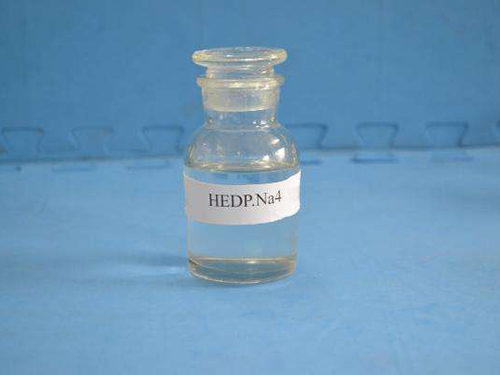Understanding the Processes of Coagulation and Flocculation in Water Treatment Systems
Coagulation and Flocculation Key Processes in Water Treatment
Coagulation and flocculation are essential processes in water treatment and environmental engineering, crucial for the removal of suspended particles, pathogens, and other impurities. These processes are primarily used in municipal water treatment plants and wastewater management, aiming to ensure safe, clean water for consumption and ecological protection.
Coagulation is the first step in this treatment process. It involves the addition of chemical coagulants, such as aluminum sulfate or ferric chloride, to the water. These coagulants are positively charged and neutralize the negatively charged particles suspended in water. As the charged particles begin to neutralize, they cluster together to form larger aggregates called microflocs. This process usually takes place under rapid mixing conditions to ensure a uniform distribution of the coagulant and effective interaction with the contaminants.
Following coagulation, the process of flocculation takes place. Unlike coagulation, flocculation requires slower mixing to allow microflocs to collide and bond together, forming larger flocs. This stage can involve the addition of flocculants, which are high molecular weight polymers that promote further agglomeration of the particles, enhancing settling and removal efficiency. The gentle mixing encourages the flocs to grow significantly in size, which is critical for the next step of sedimentation.
coagulation and flocculation

Sedimentation is the subsequent phase, where the larger flocs settle to the bottom of the treatment tank due to gravity. This settling process effectively removes the majority of suspended solids from the water. The clarified water, now free from most contaminants, can be subjected to further treatment processes, including filtration and disinfection, before being distributed for public use or released back into the environment.
The importance of coagulation and flocculation extends beyond just drinking water treatment
. In industrial processes, these methods are utilized for treating wastewater, helping to reduce pollution and reclaim water for reuse or safe disposal. Additionally, they play a vital role in various industries, such as paper manufacturing, food production, and mining, where managing solid-liquid separation is crucial.In conclusion, coagulation and flocculation are fundamental techniques that improve water quality and environmental sustainability. Their effective implementation not only ensures safe drinking water but also promotes the efficient management of wastewater, thereby safeguarding ecosystems and human health. Understanding and optimizing these processes remain critical challenges for engineers and scientists in the field of water treatment.
-
Pbtc Scale InhibitorPBTC: A Scale Protector for Industrial Water TreatmentNewsAug.05,2025
-
Organic Phosphonate: An Efficient Defender in the Field of Scale InhibitionNewsAug.05,2025
-
Hydrolyzed Polymaleic Anhydride: Green Pioneer in Scale Inhibition FieldNewsAug.05,2025
-
PAPEMP Polyamino Polyether Methylene Phosphonic Acid For SaleNewsAug.05,2025
-
Flocculant Water Treatment: A Pioneer in Purification in the Field of Water TreatmentNewsAug.05,2025
-
Benzyl Isothiazolinone: An Efficient and Broad-Spectrum Antibacterial Protective GuardNewsAug.05,2025





